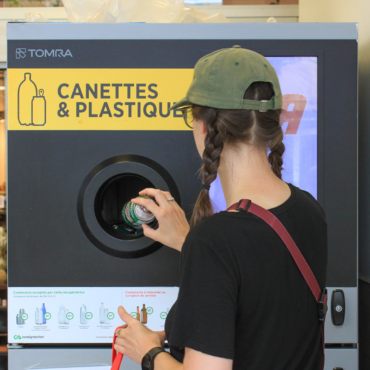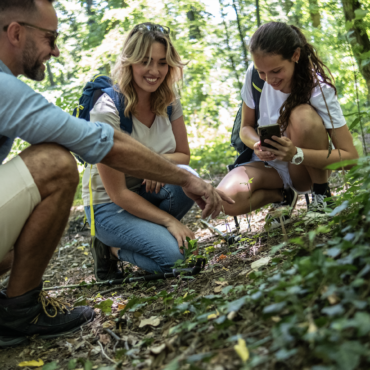Blog & News
Biodiversity

Our farmland is much more than just a space for growing food. Every field, border, and patch of land has the potential to become a haven for wildlife, while also helping our farms thrive over the long term. Far from hurting productivity, bringing more biodiversity into agricultural areas is a real opportunity to enrich the land and encourage more resilient harvests.
When we think of agriculture, food production often comes to mind first. But in reality, this sector plays a crucial role in protecting biodiversity. By making smart use of certain parts of our farmland, we can create habitats that support wildlife while still keeping yields viable.
The truth is, not every corner of a farm is equally productive or easy to work. Some areas—like field edges or agricultural corridors (those steeper, less accessible zones)—offer unique opportunities. They can provide what we call “ecosystem services,” or the benefits nature offers to people. In this case, directly to farm productivity and on-farm biodiversity.
Every Farm is Different, And So Are the Solutions
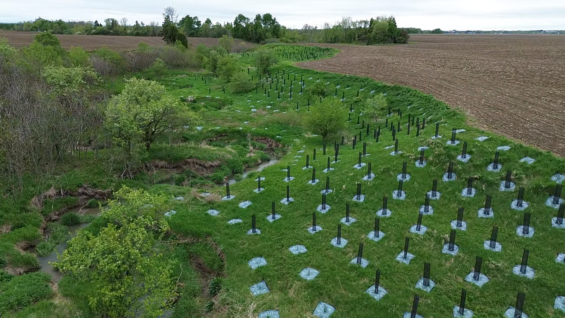
Each farm is unique, shaped by its own realities. The type of crop, the landscape, and the goals of the farm owners all influence what types of enhancements make sense. That’s why it’s important to choose solutions that fit the farm’s context and align with the benefits you’re aiming for.
For instance, if you have streams or rivers running through your land, riparian buffers are a great place to start. Planting native trees and shrubs along waterways can:
– Provide shade, which cools the water and helps aquatic life
– Create essential habitat for species like turtles, snakes, and amphibians
– Reduce soil erosion caused by runoff
– Improve water quality by filtering out nutrients from nearby fields
Buzzing Field Borders That Support Biodiversity
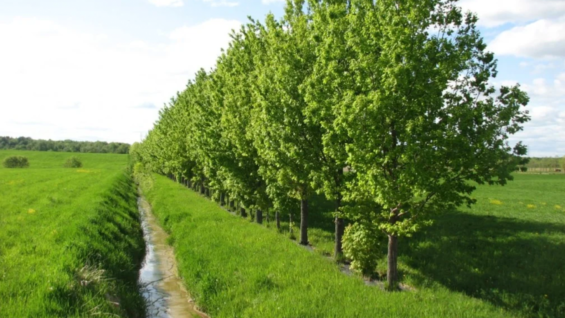
Around the edges of fields, planting windbreaks, shrub borders, or wildflower strips can make a big difference for biodiversity on the farm. Adding flowering or fruit-bearing species attracts pollinators like bumblebees and butterflies, populations that have been declining for decades. These plantings can also bring in birds, amphibians, and reptiles that act as natural pest control[1] . Even small mammals, often searching for food in crop fields, can find shelter and forage in these living hedgerows.
Greening Agricultural Corridors to Create Wildlife Pathways

Another opportunity for some farms lies in the presence of agricultural corridors. These areas, often uncultivable due to their steep topography or difficult machinery access, are sometimes left fallow. However, these corridors are prime locations for reforestation. They help combat erosion, improve water quality, create ecological corridors, and increase on-farm biodiversity. The Tomorrow’s Forest – Green Infrastructure project, led by Earth Day Canada, specifically aims to reforest these environments by offering a turnkey service to owners of agricultural corridors.
More Practical, Farm-Friendly Ways to Support Biodiversity

Beyond tree planting, building wildlife shelters is another low-cost, hands-on option. And chances are, you already have the materials you need on your farm. A few well-placed rocks can become snake shelters, while branches and logs can be used to make nesting areas for turtles[2].
Feeling inspired to support your local birds? Birdhouses are a great way to enhance on-farm biodiversity too. The key is choosing the right model for the species you’d like to help, whether it’s birds already living nearby or those at risk that could use a little extra support.
Keeping Milkweed for Monarchs
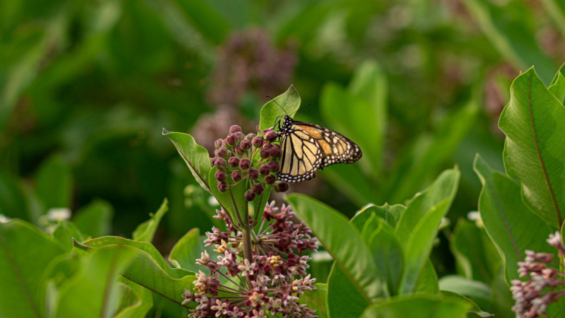
In some of our regions, agricultural lands are home to milkweed, the sole food source for monarch butterflies! [3] It’s therefore essential to avoid mowing this plant to ensure the survival of this species.
The Secret to a Long-Lasting Biodiversity Project? Love.
Like an old family recipe, the secret ingredient in any good biodiversity project is love. When you genuinely care about the project you’re setting up on your farm, it’s easier to stay committed to caring for it over time.
Plant survival depends on follow-up, especially when it comes to managing competing vegetation. That’s why it’s so important to consider upkeep right from the start. If the project fits your land and your values, it’s much more likely to grow into something beautiful and lasting.
______________________________________________________________________
[1] https://oaq.qc.ca/wp-content/uploads/2016/05/SHNVSL_Guide-amphibiens-reptiles-milieu-agricole_lowres_v2.pdf
[2] https://cerfo.qc.ca/wp-content/uploads/2023/01/Fiche2_AMPHIB-REPTILES_v19janv2023.pdf
[3] https://www.mission-monarch.org/en/content/steps/get-ready/milkweed-identification

Tree planting, Project Manager
Xavier Potvin
Having spent so much time discovering the trails of Mount Saint-Hilaire and growing up on its surroundings throughout his childhood, Xavier developed an increasing interest in green spaces, along with an understanding of their vital role for the well-being of the population and ecosystems. A running enthusiast and a big lover of Quebec culture, you can often spot him running, slightly out of breath, while humming a Jean Leloup tune around Mount Royal!
View all posts...Related posts :
Contact us
Earth Day Canada
5818, boulevard Saint-Laurent
Montréal (Québec) H2T 1T3 Canada
Phone : (514) 728-0116
Toll free : 1 800 424-8758
Fax : (514) 303-0248
Email: hello@earthday.ca
2025 © Earth Day Canada. All rights reserved.
Privacy policy · Terms of use · Trademark

